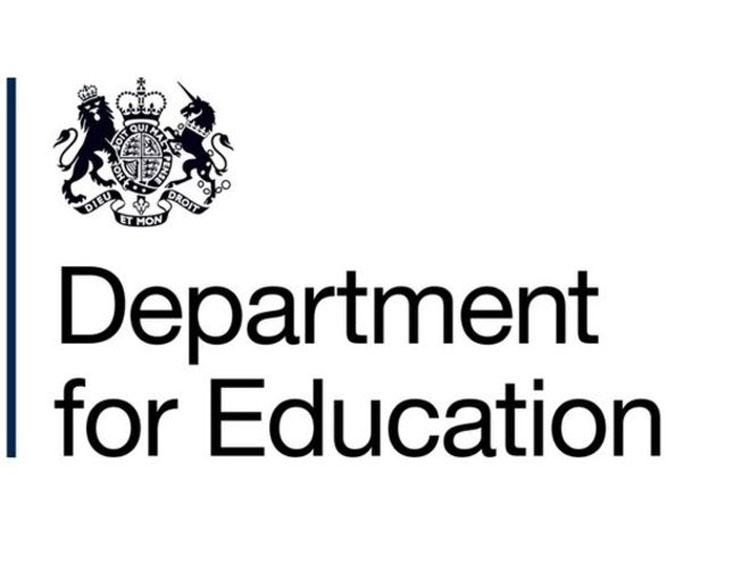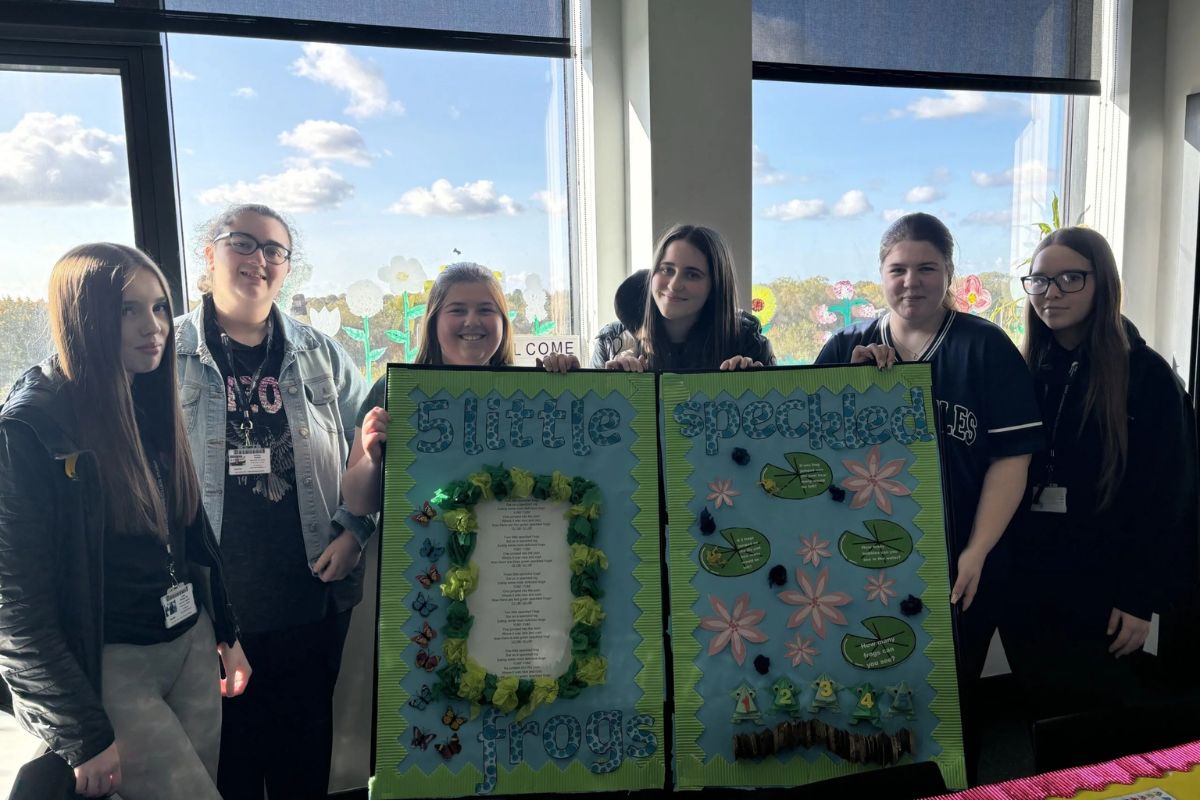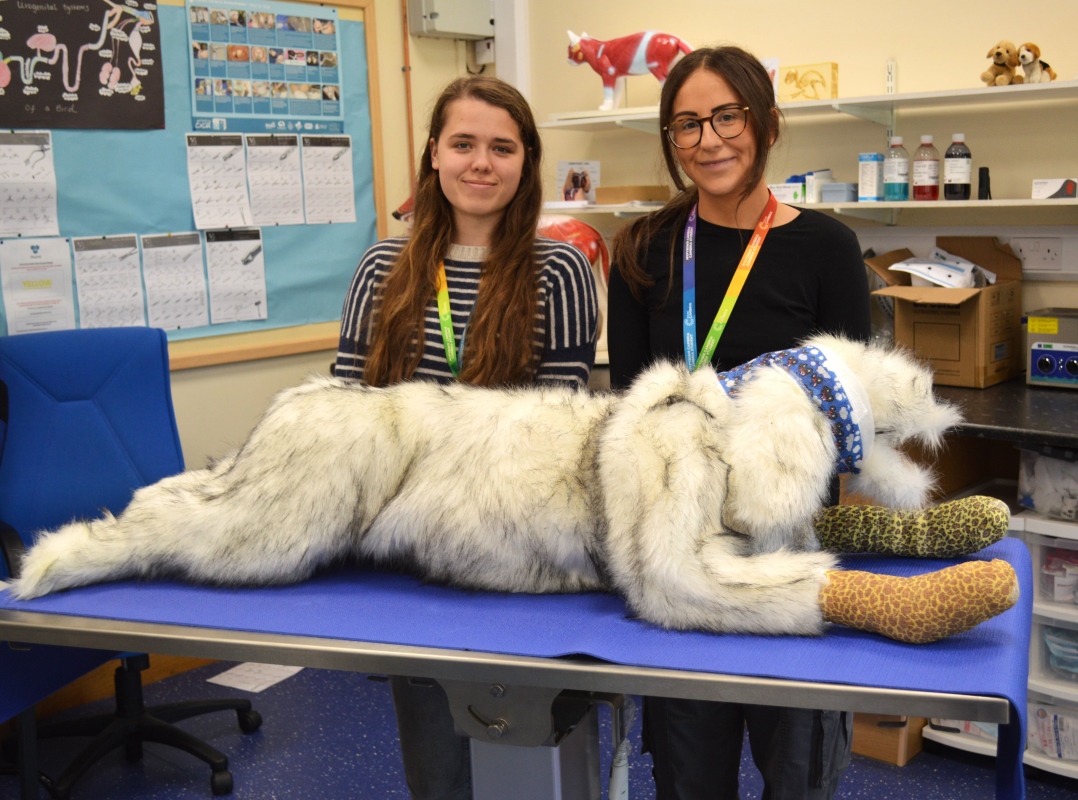Traineeship information for employers

What employers can expect from providing a work placement for a traineeship and how to set one up.
The information below applies to all traineeships from September 2020. Current traineeship rules apply until then.
Overview
A traineeship is a skills development programme that includes a work placement. It can last from 6 weeks up to 1 year (although most will last for less than 6 months).
Traineeships help 16 to 24 year olds – or 25 year olds with an education, health and care (EHC) plan – get ready for an apprenticeship or job if they don’t have the appropriate skills or experience.
Benefits to employers
A traineeship:
- is flexible, can be sector focused and is funded by the government
- gives your current employees experience in training and mentoring
- allows you to design a programme that suits both the needs of your business and the needs of the trainee
- can help you increase capacity and productivity
- can help you develop a loyal and talented workforce
- allows you to help tackle youth unemployment
- is a route into an apprenticeship
- allows you to get to know and work with young people prior to recruiting apprentices
Employers who make new work placement opportunities available may also receive an incentive payment of £1000 per learner, for up to 10 learners. More guidance will follow on this new incentive.
Your responsibilities
When offering a traineeship work placement you need to provide:
- safe, meaningful and high-quality work experience
- a minimum of 70 hours of work experience – but no more than 240 hours for benefit claimants – over the duration of the traineeship (maximum of one year) and as agreed with the traineeship provider
- constructive feedback and advice to the trainee
- an interview for an apprenticeship or job in your business at the end of the traineeship if one is available
- an exit interview at the end of the traineeship with meaningful written feedback if no job is available
The traineeship is free to your business, but you may support trainees with expenses such as transport and meals.
Designing the programme
The training provider will assess the needs of the trainee. Trainees may need pre-employment training before starting work experience.
You and the provider will then plan and agree:
- the days the trainee works
- how the programme will be delivered
Traineeships are flexible. You can adjust the programme as you go to make sure you and the trainee get the most out of it.
After the programme
You should:
- offer the trainee an interview at the end of the programme if a job or an apprenticeship is available in your business
- provide an exit interview with meaningful written feedback if no job or apprenticeship is available
Get started
Contact the National Apprenticeship Service (NAS) on [email protected] or 0800 015 0600 for advice and support on traineeships.
The NAS can help you set up a traineeship and put it on Find a traineeship.
You can contact a local training provider directly to design a traineeship. They will publicise the traineeship for you.
Get support
See guidance and resources on good work experience including:
- work experience placements that work guide from CIPD
- employer guides to work experience from UKCES
- employer case studies from Skills Training UK
- why they work videos from the Learning and Work Institute
- work experience quality standard accreditation from Fair Train
Get support to deliver work experience for people with learning difficulties or disabilities from:
Published 19 October 2017
Last updated 17 July 2020 + show all updates
-
Updated to include: new traineeship extended duration, participation widened to those with level 3 qualifications, digital skills as an option, the number of minimum hours for work placement, incentive payments and selling points of the traineeship.
-
First published.











Responses